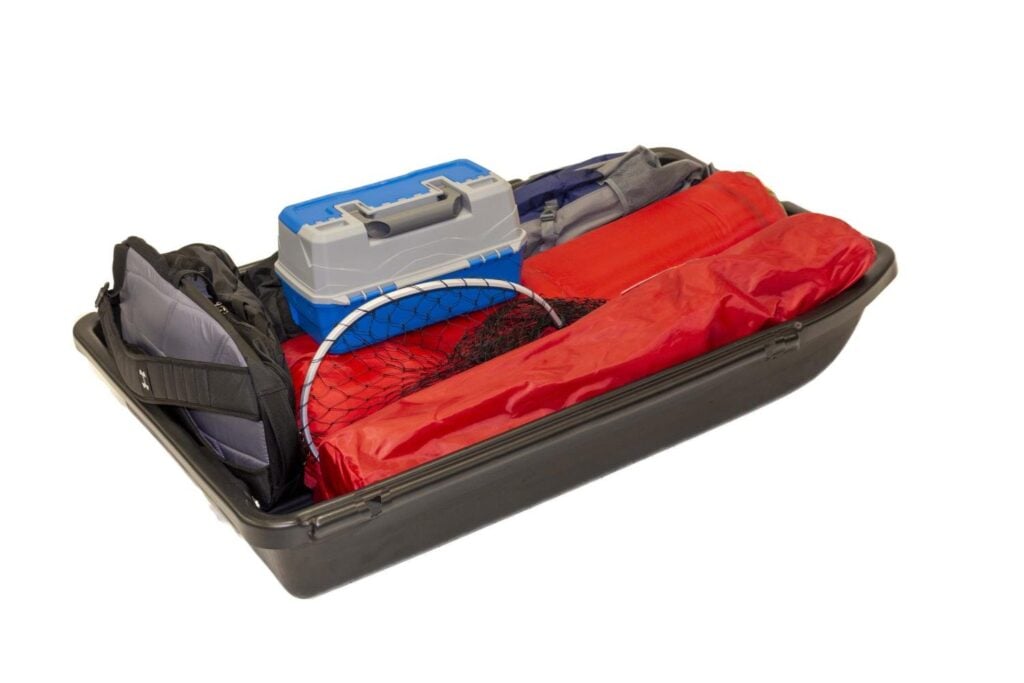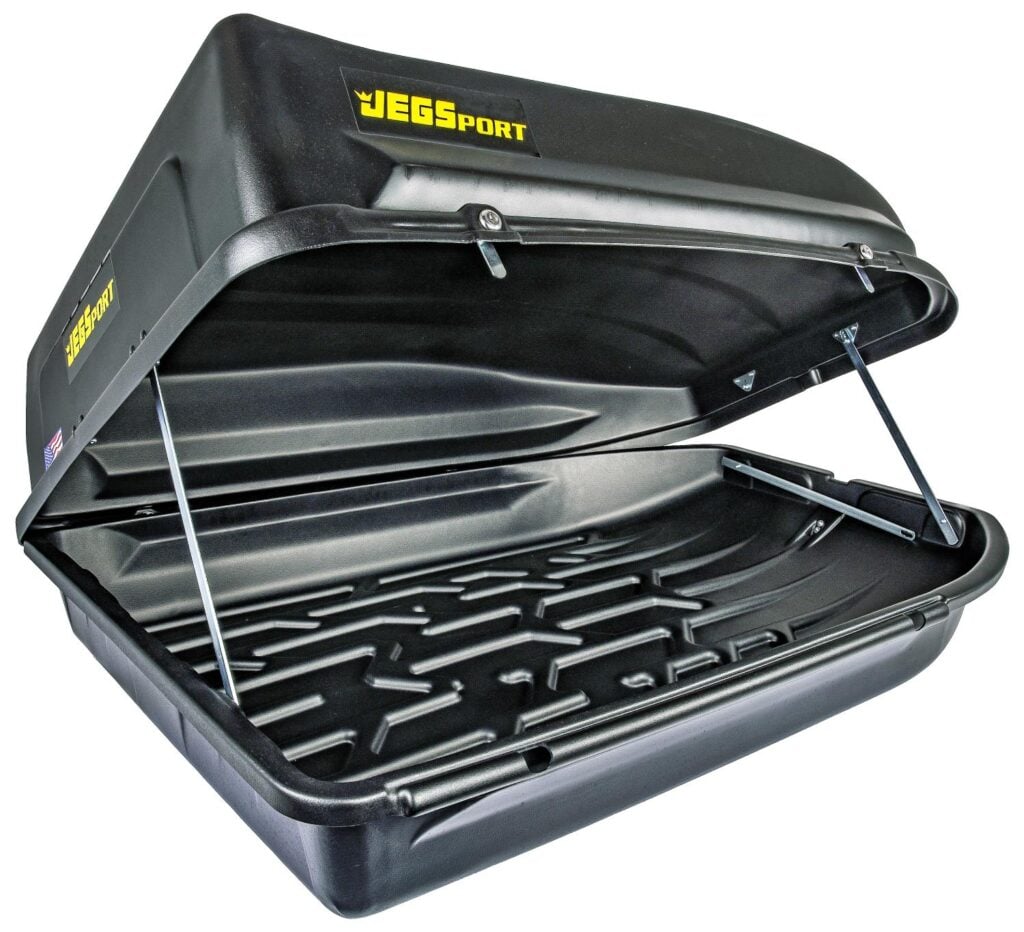
Whether you're a frequent road tripper or an occasional weekend wanderer, adding a rooftop cargo box to your vehicle can help upgrade your adventures.
From camping equipment to ski gear, these convenient add-ons attach to a car's roof rack and can carry a surprising amount of cargo. Besides the extra capacity, rooftop storage also frees up interior space so there's more room for passengers.
However, there's more to rooftop hauling than just throwing everything in and hoping for the best.
You must also consider the size of the cargo carrier and its load capacity to ensure it's compatible with your vehicle, as well as if it has hooks or straps for added load security or a lock to prevent theft.
Moreover, you should also evenly distribute the weight inside the box when packing so it doesn't affect vehicle stability.
Well, good news, this guide covers all these tips and more so you can pack your rooftop cargo box like a pro, maximizing safety and space.
Know Your Vehicle & Box: Weight Limits & Sizing
Know the Load Capacity of Your Roof & Cargo Box
Before you start packing, you should know the load capacity of both your roof and your cargo box, which will help prevent overloading and potential damage.
You can typically locate a vehicle's roof load limit in its owner's manual, with most models holding 110 to 165 lbs (50-75 kg). Cargo boxes also have a load capacity, usually between 75 to 165 lbs (34-75 kg). You can find yours in its user guide or on a manufacturer sticker inside.
Just note that a box's weight limit does not include its own weight, meaning you must consider the combined weight of the cargo carrier and its contents and ensure it does not exceed the vehicle's roof load limit.
For instance, if your roof load limit is 165 lbs and your cargo box weighs 42 lbs, the weight of the items you pack into the box should not exceed 123 lbs.
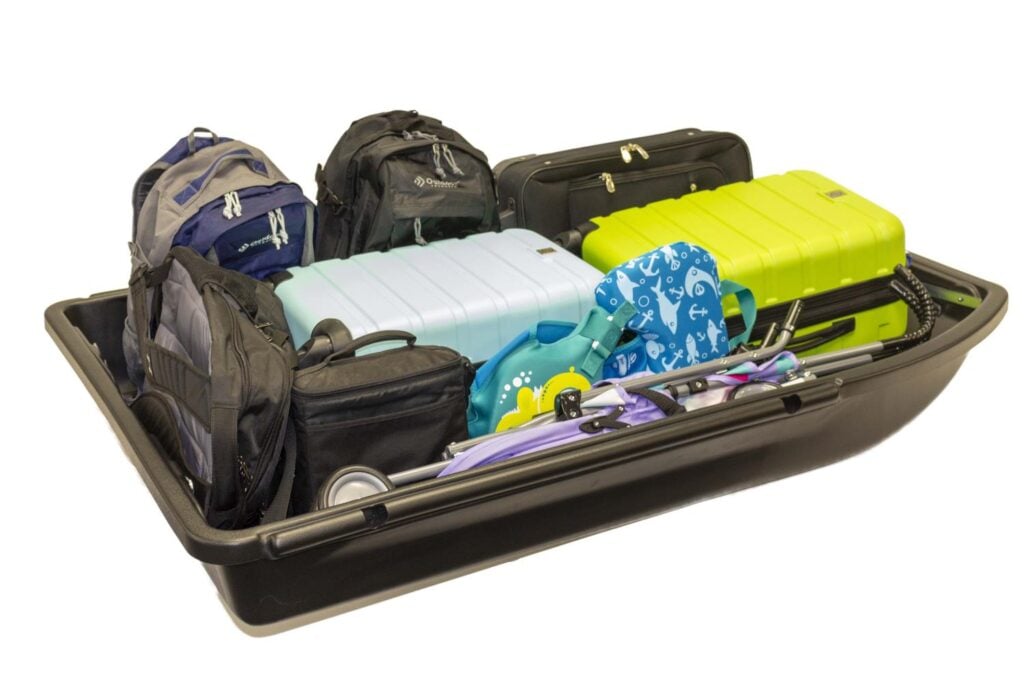
Pack the Heaviest Items Inside the Vehicle
Instead of tossing just anything in your rooftop storage, you should actually take a more structured approach, namely, packing the heaviest items in the vehicle, not the box.
For starters, a vehicle’s suspension has a much higher weight capacity than its roof, so if you’re going to push any limits, the former is a safer choice. Moreover, since you have to raise your belongings up onto the roof to load a cargo box, limiting it to lightweight items will make things much easier.
Finally, packing heavier items inside the cabin also lowers your car’s center of gravity, improving its stability while driving.
Choose a Box That Fits Your Cargo Needs
If you haven't already purchased a rooftop box, consider your specific cargo needs before deciding.
The shape and size of your cargo box should match the gear you plan to bring. For instance, longer items like skis or snowboards may require a long, narrow box, while camping gear may fit better in a shorter, wider box.
Also, pay attention to how the box opens; some open from one side, others from both, impacting accessibility. Choosing a cargo box tailored to your needs ensures easier packing, efficient use of space, and a smoother travel experience.
Ensure Your Rooftop Cargo Box is Properly Secured
Double-checking that your cargo box is securely mounted is key to a stress-free trip. The most common mounting systems are U-shaped bolts and PowerClick mounts.
U-shaped bolts loop around your roof bars and tighten into place, offering a secure hold but taking longer to install. PowerClick mounts are quicker and simpler, closing around the roof bar with a simple twist motion. You should hear a distinct "clicking" sound when the box is safely secured.
No matter the system, your cargo box should be tightly fastened to prevent any movement. If not, it may affect your vehicle's stability and performance on the road.
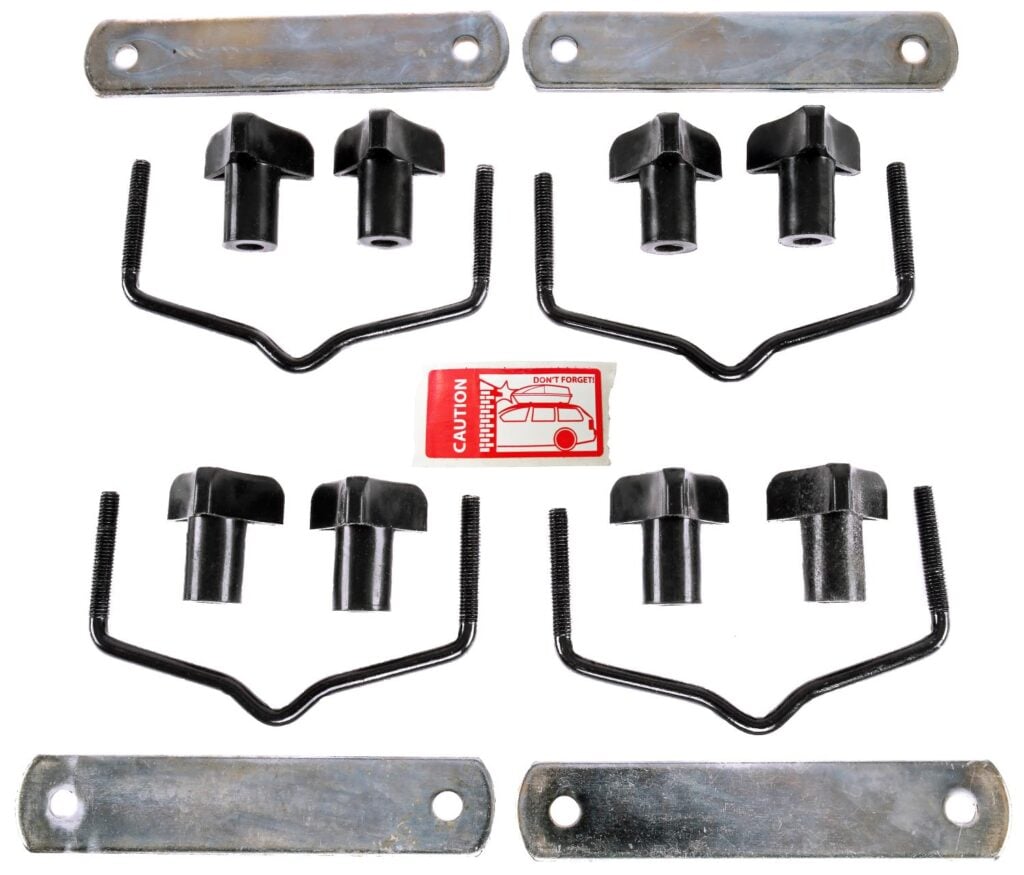
Security: Using Locks, Hooks, & Straps
Use Hooks & Straps for More Secure Rooftop Hauling
Anything can happen while out on the road; you might need to suddenly make a sharp turn to avoid a pothole or slam on your brakes to prevent a collision. In these situations, your cargo box (as well as its contents) can be jostled around, potentially causing damage.
Thankfully, straps are a great option for further securing your cargo box to your car's roof so there’s less movement. At the same time, internal hooks can keep the box's contents from sliding around. These accessories often come built into many cargo boxes but can also be added separately.
Lock Up Your Cargo Box to Prevent Theft
A great way to secure your cargo from opportunistic thieves is by using a lock. Most modern rooftop cargo boxes have built-in locking mechanisms that secure the box shut. However, if your cargo carrier does not have one, aftermarket locks are available and can be a great investment.
A good cargo box lock not only prevents the box from being opened but also secures it to your roof bars, deterring potential crooks from removing it from your vehicle.
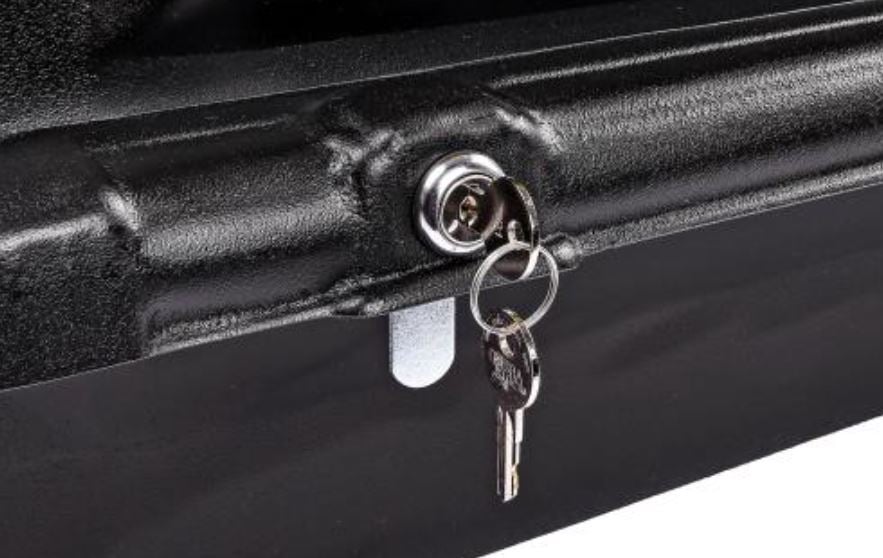
Space Saving: Even Distribution & Packing Tips
- Avoid Obstructing the Locking Mechanism: When packing your cargo box, you must be mindful of the locking mechanism. Overfilling the box or placing items too close can obstruct it and keep it from locking or unlocking correctly. It's better to pack a little less or reorganize your items than to risk a malfunctioning lock during your journey.
- Have Someone Help You Load: Packing a rooftop box can require a lot of effort, especially if you're dealing with bulky or heavy items. To make the job easier, consider enlisting the help of a friend or family member. An extra pair of hands can help lift and balance items, lessening the chances of a mishap or injury.
- Wrap Your Cargo in Plastic: Rooftop cargo boxes are designed to weather the elements, but extra protection never hurts, particularly if there's a downpour. If you anticipate any rainfall during your journey, wrapping your items in plastic (large garbage bags or a tarp work great) is a good precautionary measure.
- Pack With Care: Thoughtful packing (not stuffing) can help save space and ensure your items stay in place. Start with flat, heavier items at the bottom and lighter items on top. Use clothing or towels to fill gaps and cushion delicate items, which should keep things from shifting too much.
- Drive Accordingly: Carrying extra weight in a rooftop cargo box can impact your vehicle’s handling, braking, and fuel efficiency. Adapt your driving to be more cautious, particularly on highways and windy roads. Keep safe distances, anticipate longer stopping times, and avoid abrupt maneuvers.
JEGS: For All Your Automotive Needs
You should now be fully equipped to start packing for your adventure like a pro. If you haven’t yet purchased a rooftop cargo box, consider ordering through JEGS, a leading supplier of quality automotive parts.
Order online today and have your items sent straight to your door. Still have questions? Contact our team today.
